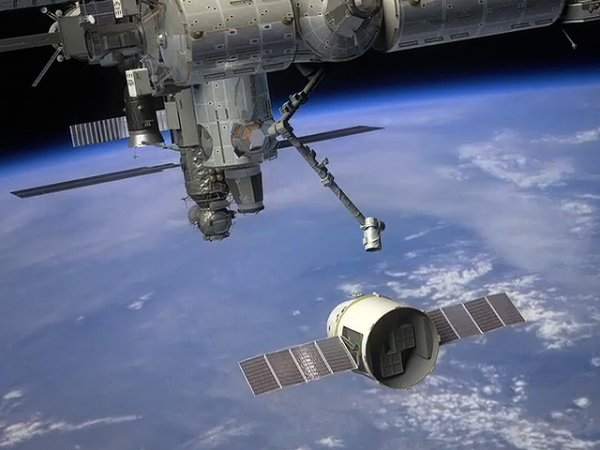NASA may have retired its shuttles, but SpaceX has confirmed plans to launch a second test capsule to the International Space Station (ISS) on November 30th.
SpaceX made history in December when it became the first private company to launch a capsule into orbit and return it to Earth.

The California-based corporation – which is currently upgrading its Dragon cargo capsule for human occupants – has already broken ground on a third launch site at Vandenberg Air Force Base for a heavy-lift version of the Falcon rocket.
“The next flight of the Dragon we’re going to go all the way and berth it to the space station, drop cargo off and bring stuff back,” Garrett Reisman, a former astronaut now working with SpaceX, told Reuters.
If the flight is successful, it would mark the beginning of SpaceX’s 12-flight, $1.6 billion station cargo delivery mission.
Meanwhile, NASA rep Dennis Stone said the space agency sees both cargo and crew flight services as “the key” to opening up the full use of the ISS and low-earth orbit, “some [of which] we are talking about and some we have yet to even envision.”
SpaceX is one of two firms hired by NASA to fly cargo to the ISS in America’s post-shuttle era.
Key Dragon specsinclude:
- Fully autonomous rendezvous and docking with manual override capability in crewed configuration.
- 6,000 kg (13,228 lbs) payload up-mass to LEO; 3,000 kg (6,614 lbs) payload down-mass.
- Payload Volume: 10 m3 (350 ft3) pressurized, 14 m3 (490 ft3) unpressurized.
- Supports up to 7 passengers in Crew configuration.
- Two-fault tolerant avionics system with extensive heritage.
- Reaction control system with 18 MMH/NTO thrusters designed and built in-house; these thrusters are used for both attitude control and orbital maneuvering.
- 1290 kg of propellant supports a safe mission profile from sub-orbital insertion to ISS rendezvous to reentry.
- Integral common berthing mechanism, with LIDS or APAS support if required.
- Designed for water landing under parachute for ocean recovery.
- Lifting re-entry for landing precision & low-g’s.
- Ablative, high-performance heat shield and sidewall thermal protection.






